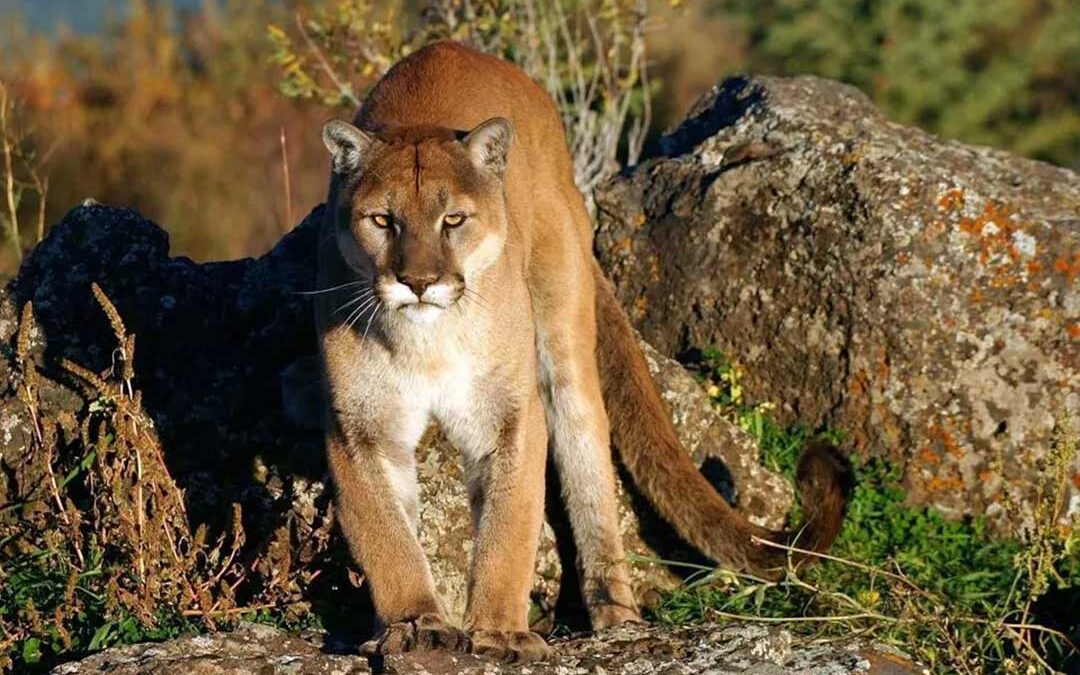Baron’s story begins with the 1991 death of an eighteen- year-old jogger in the Rocky Mountain foothills above Denver. The man’s eviscerated body was found in the known hunting grounds of a 100-pound male mountain lion, presumed to be the killer. As human development has encroached on traditional mountain lion habitat, the big cats and people are coming in ever-closer contact. Because of that proximity, Baron proposes a chilling explanation for the increase in mountain lion attacks: That the cats are learning to hunt humans.
According to a 2023 Colorado Outdoors report, there have been 25 known mountain lion attacks in the state since 1990—the last fatal attack occurring in 1997 when a 10- year-old boy was killed in Rocky Mountain National Park.

Park Ranger Andy Peterson is life-flighted after surviving a mountain lion attack in Colorado. Photo courtesy Andy Peterson
The topic of mountain lion attacks and the status of the big cats is now top of mind in Colorado as initiative 91 (a proposed ban on mountain lion and bobcat hunting in the state) will soon be assigned a proposition number and will appear on the November ballot.
The effort to ban the hunt has largely been funded by a Washington D.C.-based animal rights groups, however, not from grassroots proponents within Colorado. Animal Wellness Action (AWA) and its affiliate organization, the Center for a Humane Economy (CHE) have provided most of the financial backing for Initiative 91. The organizations were founded by former Humane Society of the United States (HSUS) chief Wayne Pacelle who was ousted from his HSUS role under a cloud of sexual harassment allegations in 2018.
For experts like former Director of Colorado Division of Wildlife Dan Prenzlow, once apex predators aren’t hunted, they often lose their fear and respect of man. “If the referendum to ban mountain lion hunting passes,” he says, “you can expect more human-mountain lion encounters and some of them won’t end well. You will also see a significant jump in lions attacking livestock and pets.”
As a retired member of the Colorado agency charged with managing wildlife resources for the greater good of the state, Prenzlow can publicly comment on ballot initiatives. Stunningly, current members of the state’s Parks and Wildlife Department are prohibited under state law from weighing-in. That is, the people with the scientific and management expertise to counsel voters on likely outcomes if the mountain lion hunting ban passes are muzzled in Colorado’s skewed ballot initiative process.
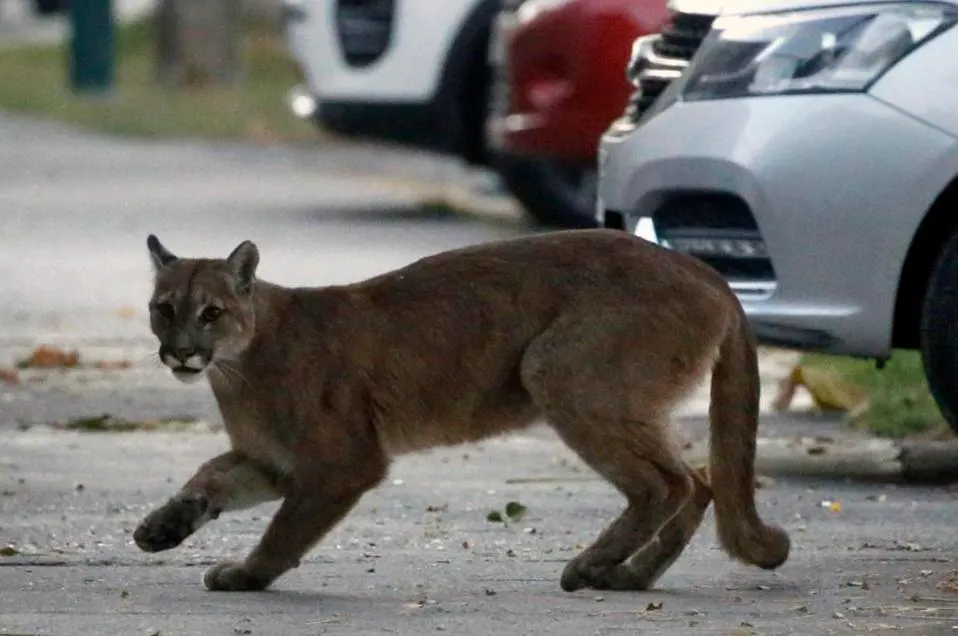
Mountain lions are increasingly moving into suburban Colorado communities.
“If mountain lion populations were declining,” says Prenzlow, “one might expect such a ballot measure, but that’s simply not the case. Since mountain lions began being managed as a game species by the state in 1965, their populations have held steady or have increased. Both mountain lions and bobcats are thriving throughout Colorado and most of their continental range.”
Prenzlow says there are at least 4,000 mountain lions in the state today and roughly 500 are taken annually by hunters. The one big game animal that has seen declines across much of its western range is the mule deer, and the chief predator of these animals is the mountain lion. CPW estimates that upwards of 200,000 mule deer are killed annually by cougars, out of a total statewide population of 500,000.
“Colorado’s wildcats are prolific animals,” says Dan Gates, who heads up Coloradans for Responsible Wildlife Management (CRWM), “so by not allowing for the regulated harvest of an abundant population you will have exponential growth of their numbers that will have drastic impacts on deer, elk and many other species of wildlife.”
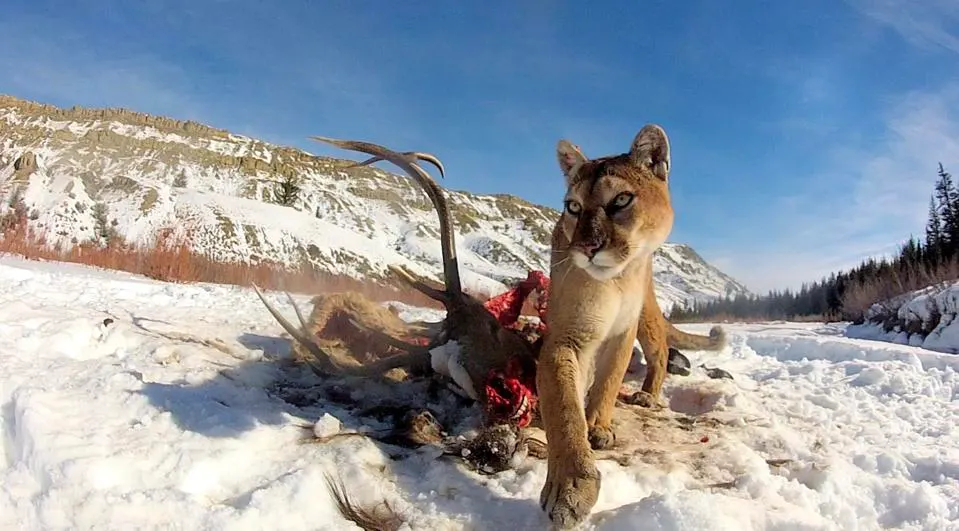
The deadly cats are capable of bringing down 600-pound elk. Photo courtesy Mark Elbroch, PBS
CRWM was formed as a response to a rise in attempts to degrade and erode science-based wildlife management—circumventing the state’s wildlife management agency and the Colorado Parks and Wildlife Commission. In 2020, animal rights groups were able to pass a ballot measure to force the introduction of wolves into the western counties of the state, despite every affected county voting to oppose the measure. As such, Colorado has become a battleground between sportsmen’s interests and those opposed to hunting. Initiative 91 is the latest challenge between the two opposing factions.
“Hunting and fishing is a $3.25 billion industry in Colorado that supports more than 20,000 full-time jobs—especially in small town and rural parts of the state where they are needed most,” says Gates. “Using science-based wildlife management—not emotional media campaigns—the state’s biologists have done a good job of managing Colorado’s fish and wildlife resources as evidenced by our thriving populations.”
Should the measure pass in November, however, some legal experts wonder if AWA and CHE would be liable when and if mountain lion attacks increase across Colorado. That is, could a jury determine that the move to ban mountain lion hunting posed unnecessary—and known—risk to public safety?
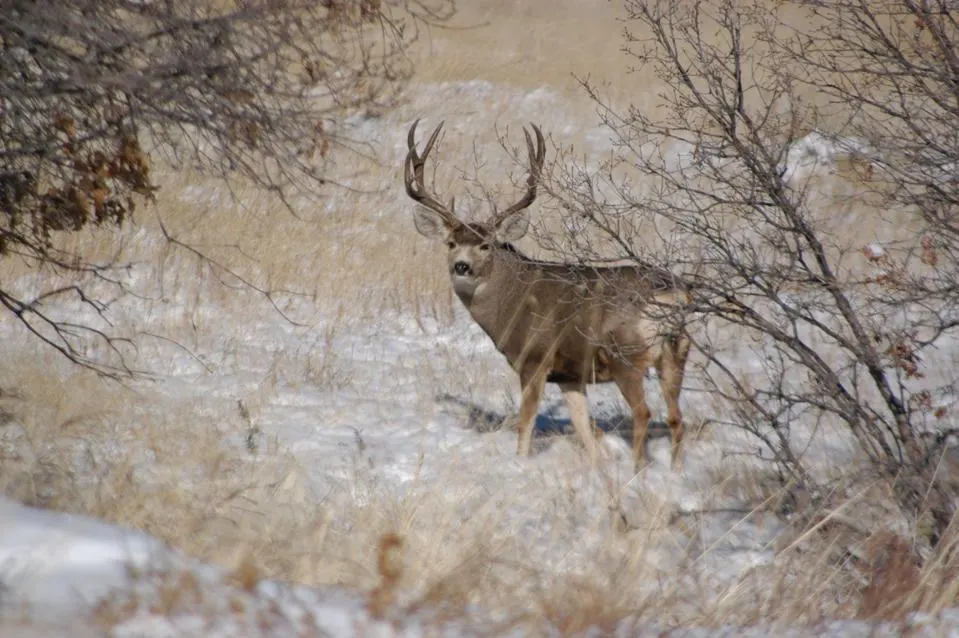
Colorado mountain lions kill upwards of 200,000 mule deer in the state each year. Photo Courtesy Dorsey Pictures
“A foundational concept for determining legal liability in American jurisprudence is the concept of ‘foreseeability,’ says Denver attorney, Michael Sabbeth. “As a general proposition, a person or group is legally liable for the foreseeable consequences of their actions. As such, an intriguing question arises if one grafts the concept of legal foreseeability to political action. Wildlife managers predict that a mountain lion hunting ban will increase wildlife- human conflict and foreseeably increase human deaths. A fundamental axiom, Sabbeth says, is that a person is morally responsible for the foreseeable consequences of their actions.”
“Advocates of Initiative 91 know,” says Sabbeth, “based on publicly available scientific research and expert commentary, that their ballot initiative could lead to human deaths. There can be no certainty, then, that those who promote policies that knowingly lead to human fatalities can continue to evade accountability from our legal system.”
Experts say that few people are a physical match for a mature mountain lion, the cats often grow up to 8-feet in length and weigh 150-pounds or more. They routinely kill 600-pound elk, and Colorado Park ranger Andy Peterson is one person who knows firsthand how powerful the predators can be. Peterson experienced a nightmare scenario as he went for a hike up the state’s Carpenter Peak in 1998 and soon found himself in a life-and-death battle with a mountain lion.
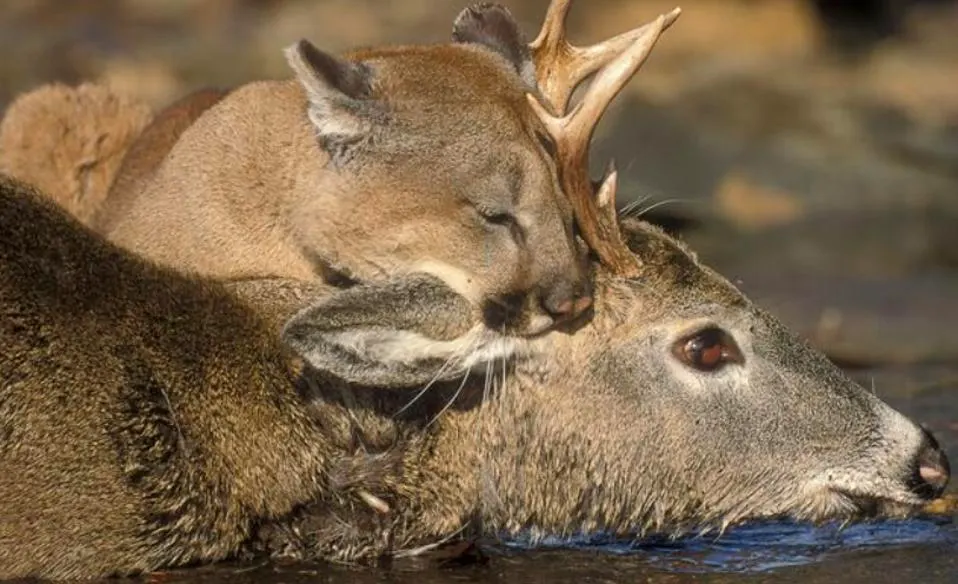
Mountain lions are one of North America’s most lethal predators. Alamy
“As the cat came at me, all I had on me was a pocketknife, so I opened the blade. In a blink of an eye the cat jumped on me and smashed up against my chest as its claws popped into my neck,” he shared in a chilling interview taped for a television special about his experience. “I started digging as hard as I could with my knife into the cat’s neck, but nothing gave so I reached back and jabbed my thumb into the lion’s right eye. Its claws popped out of my neck and the lion jumped behind me, so I grabbed a baseball-sized rock and threw it at the cat and then found a basketball-sized rock and slammed it into the side of the cat. It then shuffled down the hill, so I took off away from it. I didn’t know how badly I was hurt but I knew my legs worked and I could see so I ran for my life.”
Peterson went two miles down the trail before he could call for help. He was life-flighted to a Denver emergency room where he underwent six hours of surgeries and received 70 staples to his scalp and 100 stitches to his body.

Ranger Andy Peterson underwent six hours of surgeries following a mountain lion attack. Photo Courtesy Andy Peterson
Unlike the subjects of Baron’s book, Peterson was lucky to have faced the cat and survived. Should the effort to ban mountain lion hunting pass, experts wonder how long it will be before tragedies strike with greater frequency with an ever-growing number of beasts in the garden.
“And who will be held accountable when the inevitable happens?” asks Sabbeth. “And what will they say to the families of the victims?”

